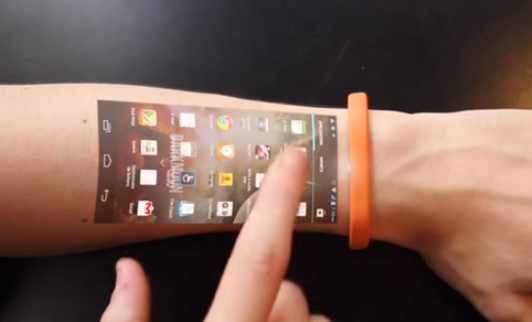Innovation Research and Strategy

What is Innovation?
Innovation deals more with a revolutionary new product or service than an evolutionary one, such as a line extension or an improvement to an existing item. Often an innovation has the potential to disrupt a market by changing the status quo and replacing what already exists with something totally unique.
A few examples in very different markets help to illustrate such a product or service.
First, let’s look at unmanned aircraft vehicles, or UAVs (aka “drones”), which are becoming popular not only as toys, but more for commercial purposes. These devices, when equipped with video cameras, can quickly and inexpensively survey farms, roads, and bridges, be used by the police to respond to disasters, or even deliver medical supplies to an injured or ill patient faster than an ambulance.


The next example involves ride-sharing startups, Uber and Lyft, whose mobile apps provide an alternative transportation service that is beginning to disrupt the taxi industry while providing individuals with a means to earn income either part time or full time. But it does not end there. Unlike Lyft, Uber is also looking to mobilize fleets of independent drivers to work flexible hours and deliver products directly to residences or businesses, thus competing with the likes of FedEx and UPS.


Finally, there is a piece of “wearable technology” developed by a French company, Cricet. Their bracelet projects the screen one would ordinarily interact with on a tablet or smartphone onto the user’s arm. Sensors that can detect one’s finger on the “display” enable the user to scroll, answer calls and perform other functions.

All of these innovations fulfill unmet (or even un-thought of) desires and needs that may be identified, articulated and satisfied by conducting some form of research prior to final development and launch.
So what is Innovation Research?
Innovation Research involves looking for solutions – either to known, or sometimes to undefined needs. There are gaps or white spaces in the market where new products or services can radically make a difference to consumers or businesses while creating financial benefits to the creators.
Innovation research is not innovative research (i.e. new or novel methods to actually conduct research, study behaviors, etc.). Rather it involves applying brainstorming, ideation, product development research, or similar techniques to tap into creative thinking and test concepts within your company and its market. Such a process may also be instrumental to your long term strategy since a strong product pipeline is imperative for continued success.
Is Innovation Research for you?
“I have a great new idea for a product (or service)!」
Have you ever heard that, or said it yourself?
At some point you may have an invention, idea or prototype that needs to be researched and exposed to a target market to answer critical questions.
What should happen next?
Step 1. Ask “Does it already exist?”
- What, if anything, is currently available (and patented) that purports to solve the same problem?
- Was there a product ahead of its time, that since failed? If so, what factors led to its demise?
These questions can almost always be answered with some basic secondary research using search engines, specific websites or libraries.
Step 2. If it does not exist, why not?
- Is there truly a need for it? Does it solve a problem?
- To what, if anything would the innovation be compared?
- When some products or services are introduced, they are so groundbreaking that there is nothing to compare them to.
Step 3. What is the perceived market?
- What is its profile?
- How large is it?
- Do potential customers readily understand what the innovation is or does?
- Can they readily figure out how to use it?
- Is there enough perceived value to create interest and likelihood of trying the new product or service?
- How much are they willing to pay? i.e. What is the revenue opportunity?
For the second and third steps, more resources should be devoted to primary research, e.g. expose the concept or mockup to your intended market to gain their reactions and insights. Some focus groups, personal interviews or online surveys can be used here.
As part of such a research effort, you may uncover other ways in which the innovation can be used or improved to make it even more valuable, e.g. applications in other industries or markets.
A final bonus of innovation research is that it may lead to unexpected discoveries that spur even more new product and service ideas to be explored and brought to fruition.


